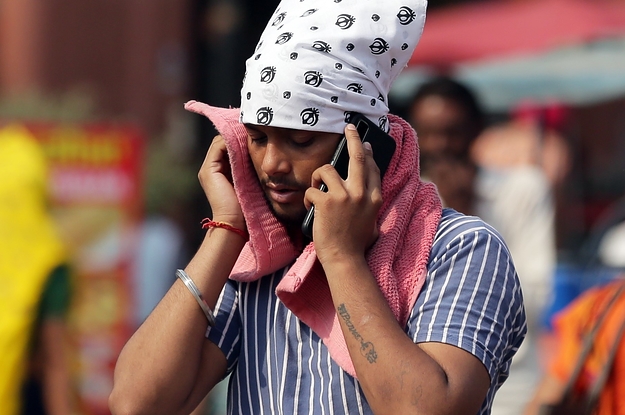A staggering heat wave in India and Pakistan, which has exposed more than a billion people to extreme heat for weeks and thousands to temperatures up to 120 degrees Fahrenheit, is the latest example of how weather patterns worsened by climate change are causing people to become sick and die. The Western India state Maharashtra has already registered 25 heat-related deaths since late March.
Air conditioning is scarce in India. Moreover, the high demand for electricity is overloading the grid, leaving millions without power and adding to their heat risk. It could be months before the full damage of this extreme heat on people’s health is known.
Extreme heat waves exacerbated by climate change are also impacting North America. Last summer, the Pacific Northwest struggled through record high temperatures that killed more than 1,000 people.
“All those deaths were preventable,” said Kristie Ebi, an epidemiologist at the University of Washington. “Climate change is killing people today, to put it as bluntly as possible.”
“Until net greenhouse gas emissions end,” said Imperial College London’s climate scientist Friederike Otto, “heat waves in India and elsewhere will continue to become hotter and more dangerous.”
The stakes for human health couldn’t be higher.
The planet has already warmed 1.1 degrees Celsius (about 2 degrees Fahrenheit) compared to preindustrial levels, a result of human activities releasing greenhouse gasses into the atmosphere. If Earth’s temperature reaches 1.5 degrees Celsius — which we are expected to reach in the 2030s or early 2040s — we could see 30,000 people die each year because of extreme heat, according to an Intergovernmental Panel on Climate Change report from last August.

